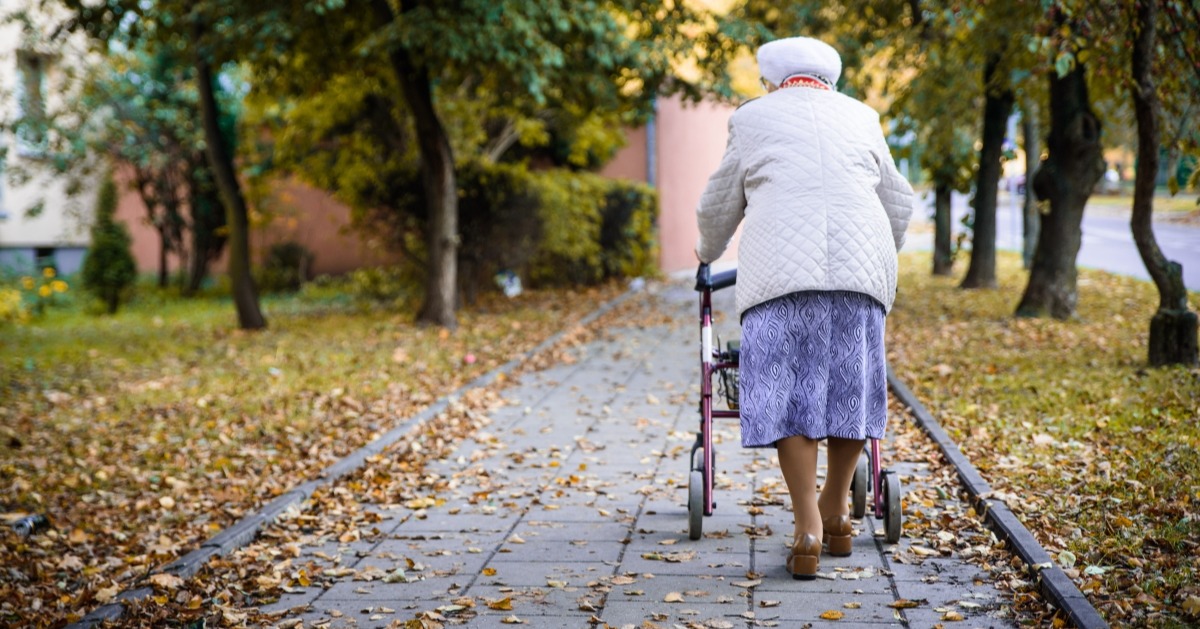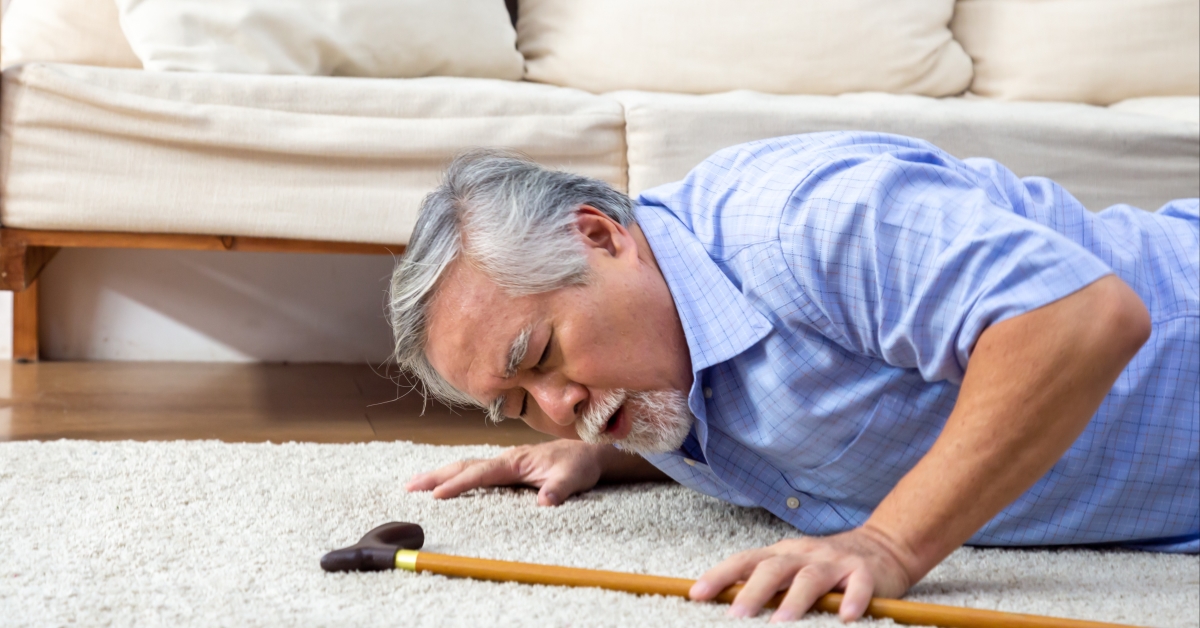Falls Prevention with Professor Cameron Swift, King's College London
Why is it critical that organisations have effective fall prevention strategies in place?
Falls and their consequences are serious in older adults, not only for the individuals affected, but also for health and social care organisations and their resources.
There is robust evidence in this population not only (i) that with early systematic risk identification, diagnosis and tailored intervention falls can be substantially reduced, especially in high-risk groups, but (ii) that the related escalation of costs (particularly those of hospital bed occupancy) can be considerably reversed.
The effectiveness of falls prevention services is also arguably a useful marker of the status of overall health and social care provision for this population group.
What are the main causes of falls in older people?
The contributory causes in any one individual are usually several (though the search for a single main diagnosis is also crucial and often overlooked with serious consequences). Contributory causes commonly recognised are:
(1) "Intrinsic" (to the individual) causes, including a variable age-related reduction in "physiological reserve" in combination with a one or more of a wide range of health conditions that may already have been identified or are yet to be diagnosed (often acutely).
(2) "Extrinsic" (external) and behavioural causes that especially include a comparable range of environmental and lifestyle factors.
What are some of the key recent developments within fall prevention?
(1) The development of updated national guidance and audit, including (a) the most recent revision of the NICE Quality Standard (86) to highlight the inadequacy of falls risk/case identification in the community and to facilitate involvement of social care professionals in the process and (b) the strategic linkage within the relevant National Audits (NAIF/NHFD) of inpatient falls prevention measurement with hip fracture occurrence to improve prevention.
(2) The 2019 Cochrane review of all the diverse trials of exercise for community-living older people, endorsing the indispensable role of exercise as a component of all interventions and its contribution to reducing the number of fallers (15%) and falls (23%) in this population.
How has Covid-19 in particular influenced the number, type and severity of falls?
The full impact of the pandemic on falls is yet to be charted, but there is growing evidence that falling has been part of the presentation of many older people infected with Covid-19. The association in this group of falls and fall risk with phenomena characteristic of Covid-19 - such as fever, delirium, hypoxia, weakness, lowered blood pressure, heart rhythm problems, metabolic disturbance - is well known and documented. There is also evidence that hip fracture mortality has been significantly increased as a direct result of Covid.
What are some of the key hurdles that health professionals are facing in preventing and managing falls?
(1) The commonest is an environment of professional and/or management misunderstanding of the topic, with the resulting pursuit of erroneous, ostensibly cheap "quick-fix" ideas that lack reliable evidence and are commonly ineffective and therefore wasteful of resources.
(2) Applying sound guidance and principles in different settings is a challenge, but when achieved and measured can be immensely rewarding and an opportunity to drive and showcase quality improvement.
(3) The organisation, coordination and "localisation" of multidisciplinary practice may be somewhat complicated, but all 3 are essential. They require the effective bridging of organisational and professional boundaries and smooth, accessible information systems for case and risk identification. Immensely satisfying when achieved!
(4) The subject of falls risk and occurrence in conversation is potentially sensitive and unpopular with older adults themselves. Sensitivity and professional skill in raising the subject are both needed; but having this enquiry is essential for reliable risk assessment.
If you could give one piece of advice to health professionals working with older people hoping to enhance their fall prevention, what would it be?
Work together effectively to be confidently "falls aware" and trained and focused (1) in assessing individual needs and risks and (2) in making maximum use of national evidence based guidance and audit resources to profile and develop your service.
Professor Cameron is a regular contributor at our Preventing Falls in Older People training courses. The next course will be held in October 2022, and if you would like to attend you can view the agenda and register here.



